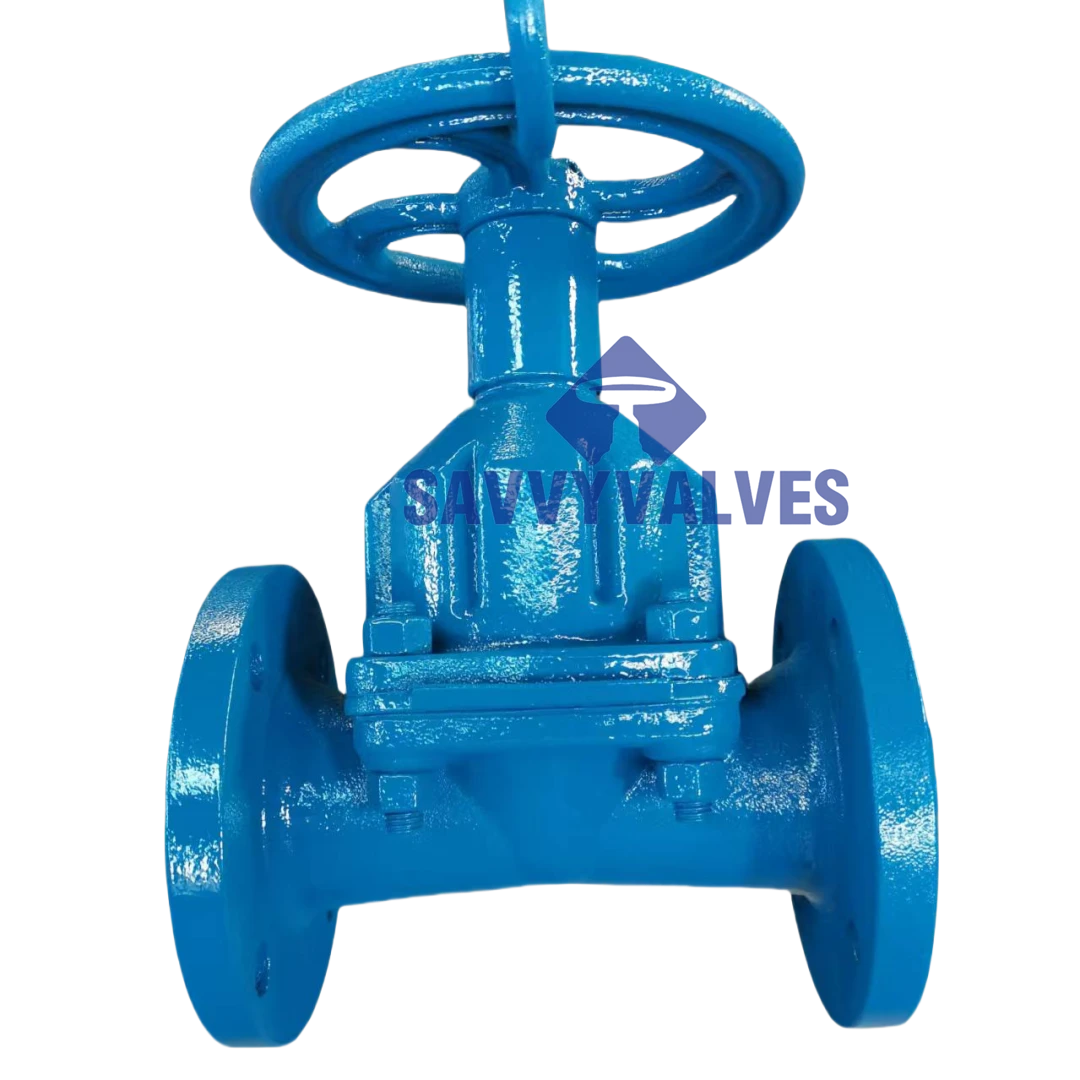صمام الحجاب الحاجز
-
مختصر:
الحجم: 3 بوصة
التقييم: 150 رطل
مواد:
ASTM A536 65-45-12 الجسم والغطاء مبطنان بالكامل بالمطاط
تشطيبات ASTM A182 F316L
غشاء مطاطي
المشغل: عجلة يدوية
A diaphragm valve is a type of valve that controls the flow of liquids or gases using a flexible diaphragm, which moves up or down to open or close the valve seat. Unlike traditional valves with internal sliding or rotating parts, diaphragm valves rely on the pressure applied by an actuator or handwheel to push the diaphragm onto a weir or seat, effectively sealing off the flow path. This design ensures a tight seal and isolates the process fluid from moving parts, making it ideal for handling corrosive, abrasive, or ultra-pure fluids. Diaphragm valves are available in both weir-type and straight-through designs, with materials like EPDM, PTFE, or rubber used for the diaphragm to suit different media. They are particularly suited for hygienic applications since they have a smooth internal body, minimal dead space, and easy-to-clean surfaces, reducing the risk of contamination or buildup. The lack of packing glands and reduced potential for leakage make diaphragm valves highly reliable in industries requiring strict cleanliness or chemical compatibility.

